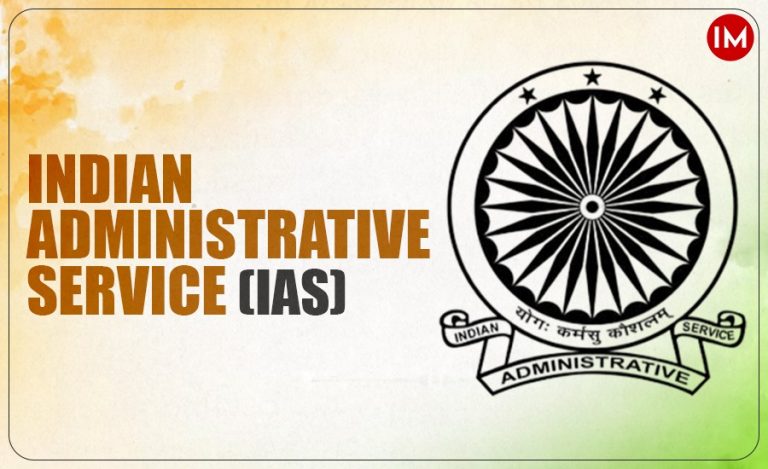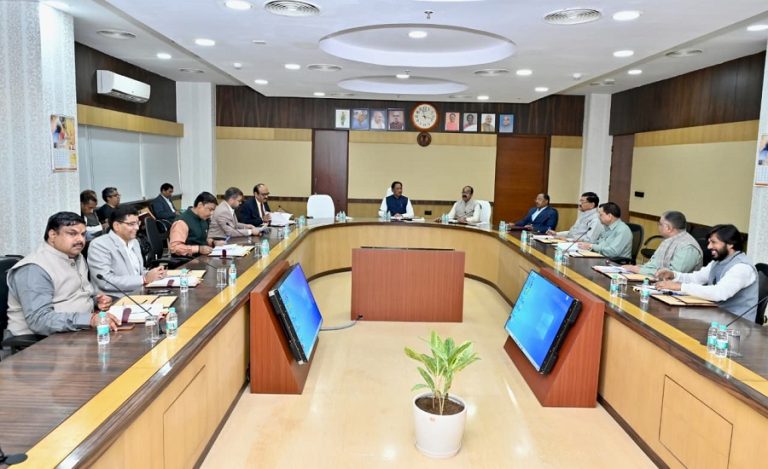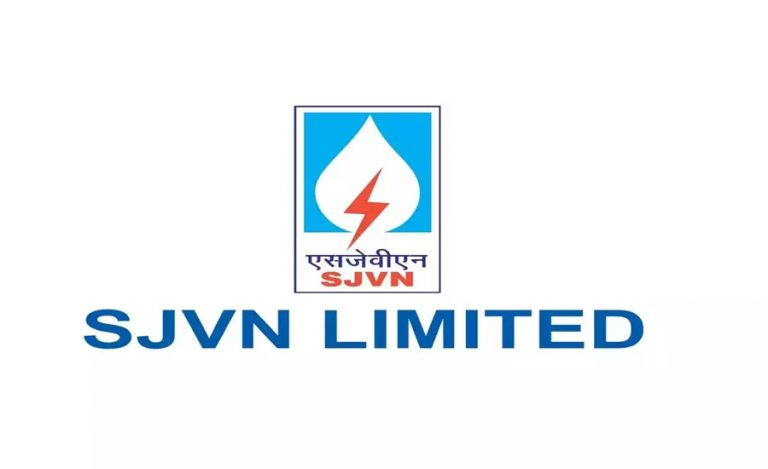In a first-of-its-kind governance reform, the Uttarakhand government under the leadership of Chief Minister Mr. Pushkar Singh Dhami has introduced Key Performance Indicators (KPIs) and Key Operational Indices (KOIs) for all major departments. This marks a historic shift from conventional budget allocations to performance-linked budget expenditure, aimed at enhancing public accountability, transparency, and outcome-based governance.
From Budget Allocation to Public Impact: A New Evaluation Paradigm
Beginning with the current financial year, the focus will no longer be on how much budget is allocated or spent, but on what it delivers. With a capital expenditure budget of Rs. 14,763 crore allocated for construction and development, each department is now mandated to link its financial performance to real-world outcomes and citizen-centric services.
According to Chief Secretary Mr. Anand Bardhan, departments have been formally instructed to establish measurable KPIs and KOIs, ensuring that budget usage directly contributes to achieving defined goals. This reform reflects the state government’s commitment to efficient governance and value-based public spending.
Sector-Specific Indicators: Setting Clear and Measurable Goals
The initiative includes clearly defined benchmarks across departments:
- Public Works Department: Road length built daily and maintenance of roads before and after the monsoon will be the key indicators. The aim is to eliminate slack and expose any inefficiencies or unjustified expenditures.
- Drinking Water Department: Clean water delivery, water testing efforts, and installation of water meters will form the basis of performance evaluation.
- Animal Husbandry: KPIs include year-on-year growth in gross milk production and supply of poultry products to paramilitary forces like the ITBP.
- Dairy Development: Performance will be judged by member dividends from the Milk Federation and growth in milk exports.
- Horticulture Department: Productivity growth, marketable surplus, increased cold chain infrastructure, and expansion of aromatic crop cultivation will be critical indicators.
- Tourism Department: The growth of foreign tourist arrivals, establishment of wedding tourism hubs, sector-specific employment, and investments will now be tracked rigorously.
- Rural Development: Under the ambitious Lakhpati Didi scheme, average turnover of participants and the performance of local growth centers will determine budget-linked evaluations.
A Vision for Accountable and High-Impact Governance
Speaking on the initiative, Chief Minister Mr. Pushkar Singh Dhami stated,
“The maximum benefit of budget expenditures should reach the general public. With this in mind, the performance index is being promoted. This initiative will have a widespread impact in the future.”
By aligning financial resources with tangible benefits for citizens, this KPI-KOI model not only strengthens fiscal discipline but also embeds good governance principles into every department’s functioning.
Also Read: Uttarakhand CM Flags Off Free Ambulance for Senior Citizens on International Day of Older Persons




























